Nintendo is undoubtedly the most iconic name in the history of video games, consistently pushing the boundaries of creativity and innovation in the console market. Renowned for its extensive library of beloved intellectual properties, many of which retain their charm decades later, Nintendo continues to captivate gamers with an exciting array of upcoming titles. With the official announcement of the Nintendo Switch 2, it's the perfect time to reflect on the gaming giant's storied history in the console space.
Below, we've compiled a comprehensive list of every single console Nintendo has ever released. Take a journey through the ages and see how Nintendo has continuously advanced the gaming industry!
AnswerSee Results*Looking to save on a new Nintendo Switch or new titles for your system? Be sure to check out the best Nintendo deals available today.*How Many Nintendo Consoles Have There Been?
In total, 32 Nintendo consoles have been released throughout Nintendo's history. The Switch 2 will be the 33rd. We've included revision models for both home and handheld consoles, which include brandings like XL and Mini.
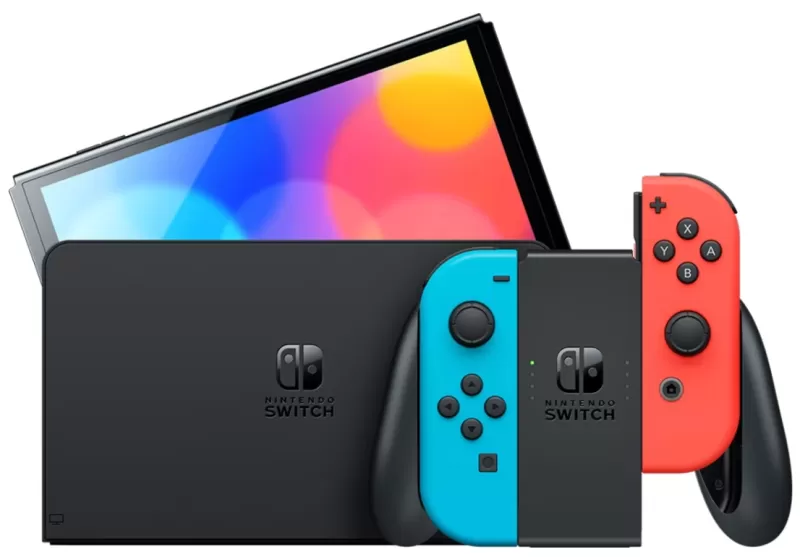 Latest Model### Nintendo Switch OLED (Neon Blue & Red)
Latest Model### Nintendo Switch OLED (Neon Blue & Red)
4See it at AmazonEvery Nintendo Console in Order of Release
Color TV-Game - June 1, 1977
 Nintendo's first venture into gaming hardware was the Color TV-Game series, a collaboration with Mitsubishi Electronics due to Nintendo's initial inexperience in hardware development. These systems were a significant success and paved the way for Nintendo to focus more on gaming hardware. The legacy of the Color TV-Game remains influential nearly 50 years later as Nintendo continues to innovate in the gaming industry.
Nintendo's first venture into gaming hardware was the Color TV-Game series, a collaboration with Mitsubishi Electronics due to Nintendo's initial inexperience in hardware development. These systems were a significant success and paved the way for Nintendo to focus more on gaming hardware. The legacy of the Color TV-Game remains influential nearly 50 years later as Nintendo continues to innovate in the gaming industry.
Game & Watch - April 28, 1980
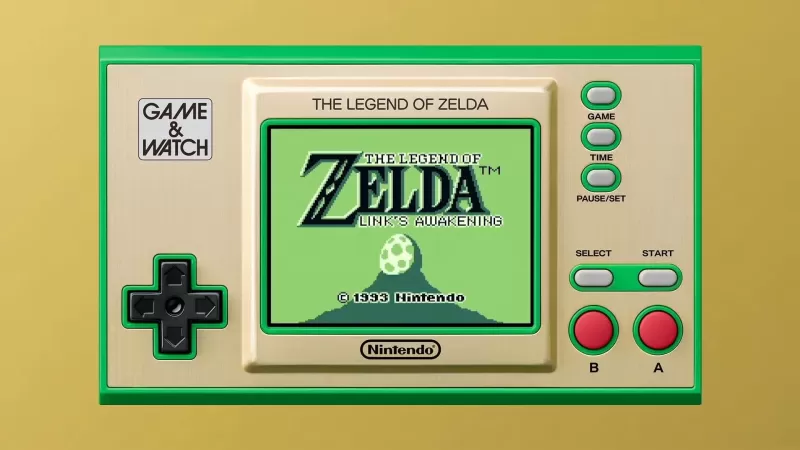 Nintendo entered the handheld market with the Game & Watch series, each unit featuring a unique game. Selling over 40 million units worldwide, these devices introduced innovations like the D-Pad, seen in the Donkey Kong model, which are still in use today. The series made a comeback with limited edition releases in 2020 and 2021 to celebrate the anniversaries of Mario and Zelda.
Nintendo entered the handheld market with the Game & Watch series, each unit featuring a unique game. Selling over 40 million units worldwide, these devices introduced innovations like the D-Pad, seen in the Donkey Kong model, which are still in use today. The series made a comeback with limited edition releases in 2020 and 2021 to celebrate the anniversaries of Mario and Zelda.
Nintendo Entertainment System - October 18, 1985
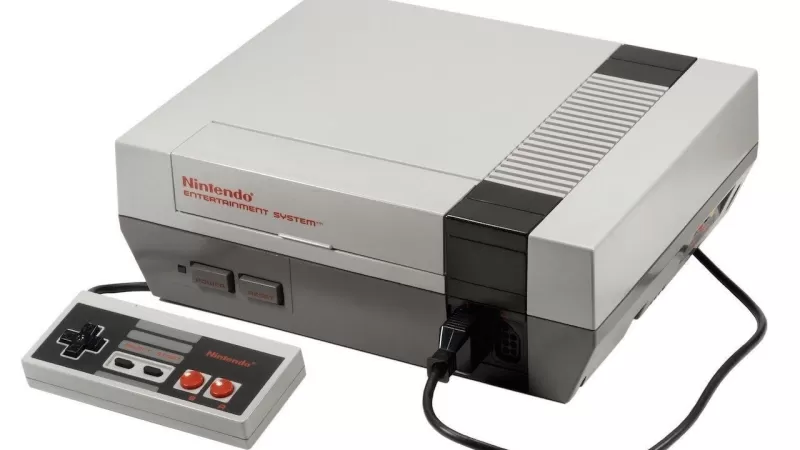 Known as the Family Computer (Famicom) in Japan, the Nintendo Entertainment System (NES) was the first Nintendo home console released in North America. It revolutionized gaming with its cartridge system, enabling players to enjoy a wide range of games. Iconic franchises like Super Mario, The Legend of Zelda, and Metroid originated here, making the NES a pivotal console in video game history.
Known as the Family Computer (Famicom) in Japan, the Nintendo Entertainment System (NES) was the first Nintendo home console released in North America. It revolutionized gaming with its cartridge system, enabling players to enjoy a wide range of games. Iconic franchises like Super Mario, The Legend of Zelda, and Metroid originated here, making the NES a pivotal console in video game history.
Game Boy - July 31, 1989
 Launching in North America in the summer of 1989, the Game Boy was Nintendo's first true handheld video game console. It advanced from the Game & Watch by supporting cartridges, allowing players to enjoy multiple games. Tetris, famously bundled with the console in most regions except Japan, became one of its most recognized titles.
Launching in North America in the summer of 1989, the Game Boy was Nintendo's first true handheld video game console. It advanced from the Game & Watch by supporting cartridges, allowing players to enjoy multiple games. Tetris, famously bundled with the console in most regions except Japan, became one of its most recognized titles.
Super Nintendo Entertainment System - August 23, 1991
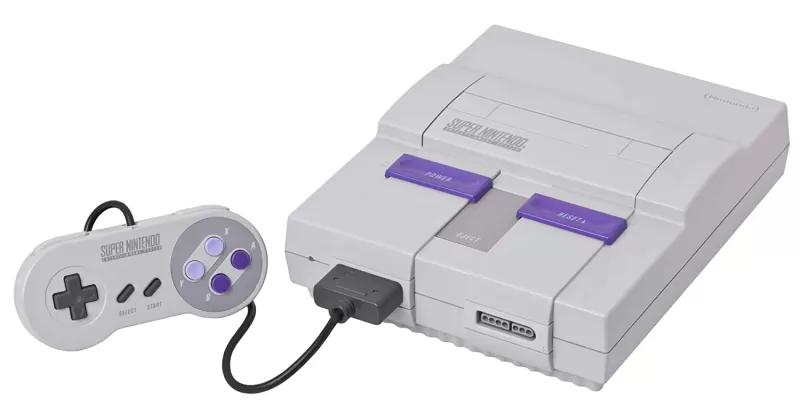 Introducing 16-bit graphics to Nintendo's lineup, the Super Nintendo Entertainment System (SNES) marked significant evolutions in Nintendo's flagship series with titles like Super Mario World and Donkey Kong Country. Despite a late launch in its console generation, the SNES became the best-selling console due to its exceptional software lineup and broad appeal.
Introducing 16-bit graphics to Nintendo's lineup, the Super Nintendo Entertainment System (SNES) marked significant evolutions in Nintendo's flagship series with titles like Super Mario World and Donkey Kong Country. Despite a late launch in its console generation, the SNES became the best-selling console due to its exceptional software lineup and broad appeal.
Virtual Boy - August 14, 1995
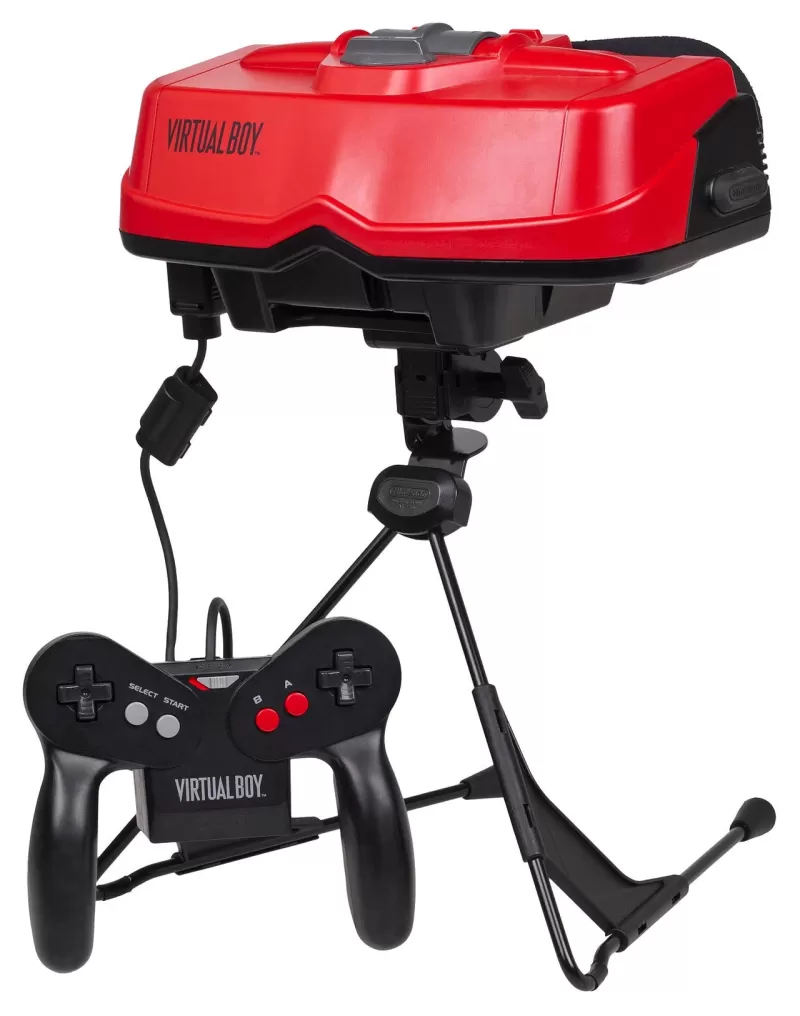 Considered one of Nintendo's most unusual consoles, the Virtual Boy was the first to offer true 3D visuals in a portable format. With only 22 games released, including popular titles like Mario's Tennis and Virtual Boy Wario Land, it had a short market life, selling just under 800,000 units in one year.
Considered one of Nintendo's most unusual consoles, the Virtual Boy was the first to offer true 3D visuals in a portable format. With only 22 games released, including popular titles like Mario's Tennis and Virtual Boy Wario Land, it had a short market life, selling just under 800,000 units in one year.
Game Boy Pocket - September 3, 1996
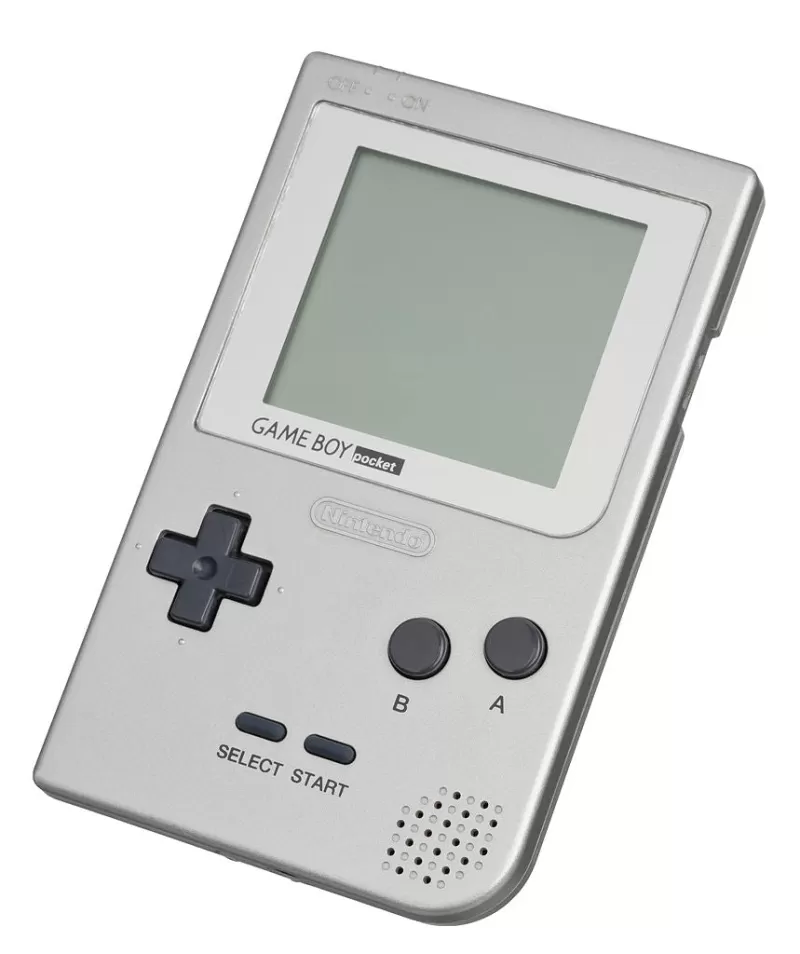 A smaller version of the original Game Boy, the Game Boy Pocket featured an improved black-and-white screen and enhanced hardware for better display response. However, its smaller size resulted in a shorter battery life compared to its predecessor.
A smaller version of the original Game Boy, the Game Boy Pocket featured an improved black-and-white screen and enhanced hardware for better display response. However, its smaller size resulted in a shorter battery life compared to its predecessor.
Nintendo 64 - September 29, 1996
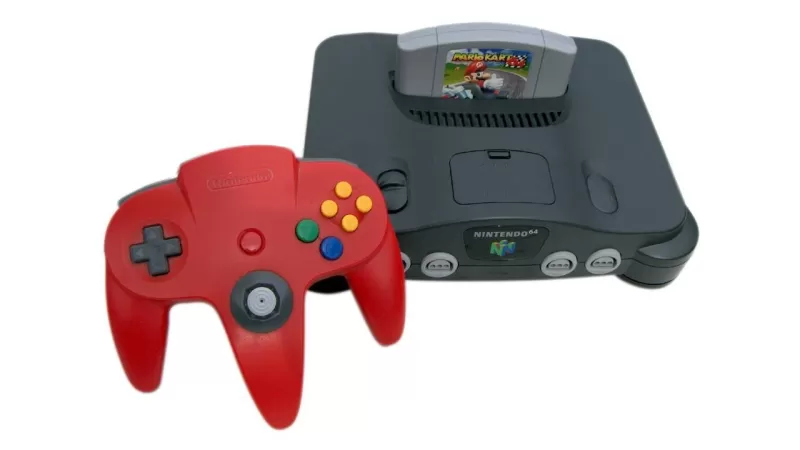 Introducing 3D graphics to Nintendo's home console lineup, the Nintendo 64 brought groundbreaking titles like Super Mario 64 and The Legend of Zelda: Ocarina of Time. Its innovative controller featured the first analog stick, and Nintendo released various special editions, including translucent variants.
Introducing 3D graphics to Nintendo's home console lineup, the Nintendo 64 brought groundbreaking titles like Super Mario 64 and The Legend of Zelda: Ocarina of Time. Its innovative controller featured the first analog stick, and Nintendo released various special editions, including translucent variants.
Game Boy Light - April 14, 1998
 Exclusive to Japan, the Game Boy Light was a larger revision of the Game Boy with a backlight for playing in low-light conditions. It offered a longer battery life than the Game Boy Pocket, lasting around 20 hours.
Exclusive to Japan, the Game Boy Light was a larger revision of the Game Boy with a backlight for playing in low-light conditions. It offered a longer battery life than the Game Boy Pocket, lasting around 20 hours.
Game Boy Color - November 18, 1998
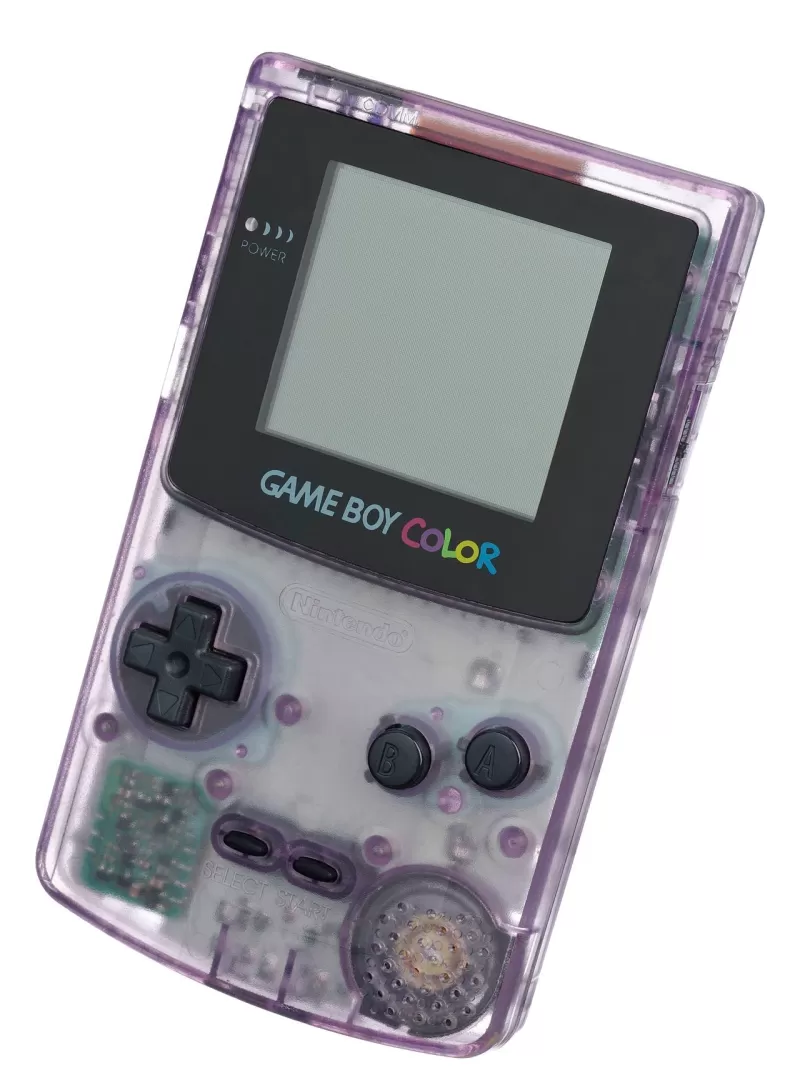 Bringing color to Nintendo's handhelds, the Game Boy Color was backwards compatible with all Game Boy games. Some games like Tetris benefited from color enhancements, and new titles were developed specifically for the system, taking advantage of its color capabilities.
Bringing color to Nintendo's handhelds, the Game Boy Color was backwards compatible with all Game Boy games. Some games like Tetris benefited from color enhancements, and new titles were developed specifically for the system, taking advantage of its color capabilities.
Game Boy Advance - June 11, 2001
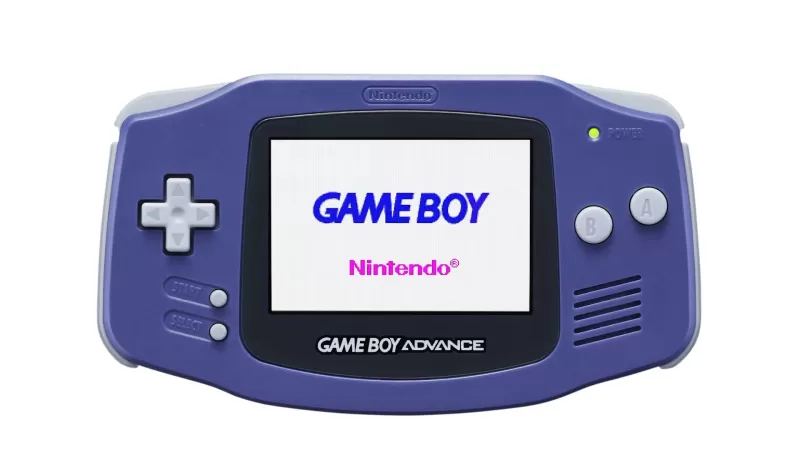 Marking a significant leap in technology, the Game Boy Advance (GBA) featured a horizontal design and supported 16-bit graphics, a major upgrade from the 8-bit Game Boy. It was backwards compatible with Game Boy and Game Boy Color games, expanding the library to thousands of titles.
Marking a significant leap in technology, the Game Boy Advance (GBA) featured a horizontal design and supported 16-bit graphics, a major upgrade from the 8-bit Game Boy. It was backwards compatible with Game Boy and Game Boy Color games, expanding the library to thousands of titles.
Pokémon mini - November 16, 2001
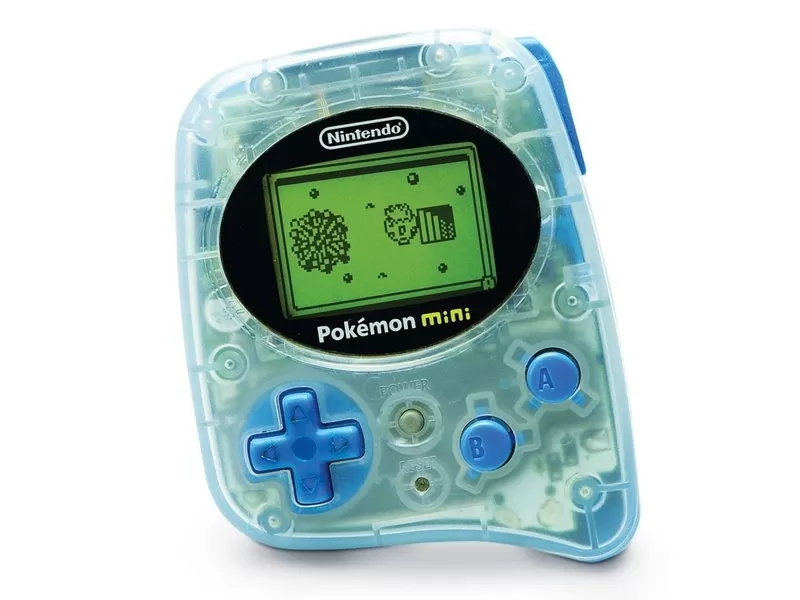
Nintendo GameCube - November 18, 2001
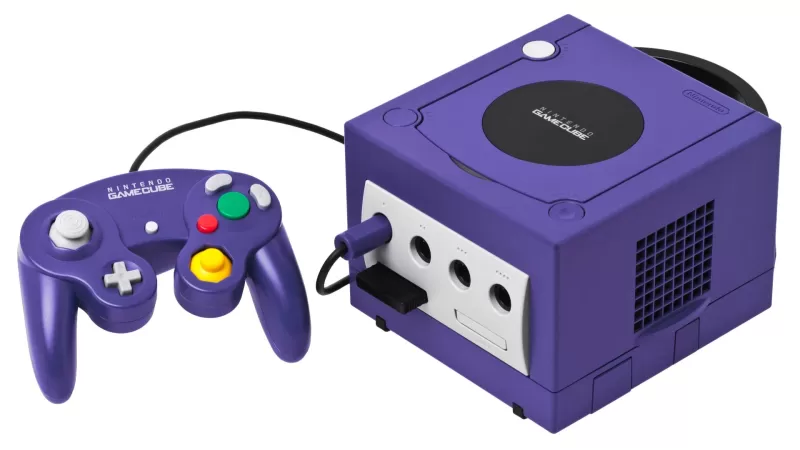 Building on the success of the Nintendo 64, the GameCube offered sequels to beloved titles like Super Mario Sunshine and The Legend of Zelda: Wind Waker. It used discs instead of cartridges and introduced a controller with built-in rumble and analog/digital triggers. The GameCube's legacy continues with popular franchises like Animal Crossing.
Building on the success of the Nintendo 64, the GameCube offered sequels to beloved titles like Super Mario Sunshine and The Legend of Zelda: Wind Waker. It used discs instead of cartridges and introduced a controller with built-in rumble and analog/digital triggers. The GameCube's legacy continues with popular franchises like Animal Crossing.
Panasonic Q - December 14, 2001
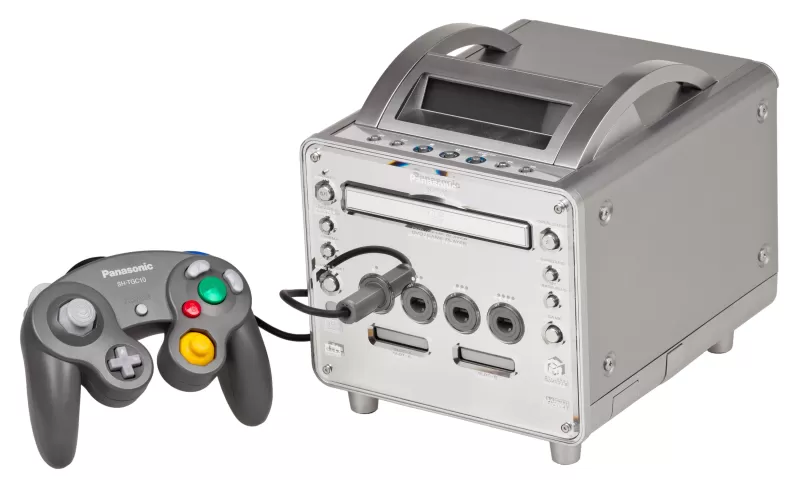 A collaboration between Panasonic and Nintendo, the Panasonic Q combined a GameCube with a DVD player. Its stainless steel design and front LCD panel were striking, but high costs and low sales limited its market life to two years.
A collaboration between Panasonic and Nintendo, the Panasonic Q combined a GameCube with a DVD player. Its stainless steel design and front LCD panel were striking, but high costs and low sales limited its market life to two years.
Game Boy Advance SP - March 23, 2003
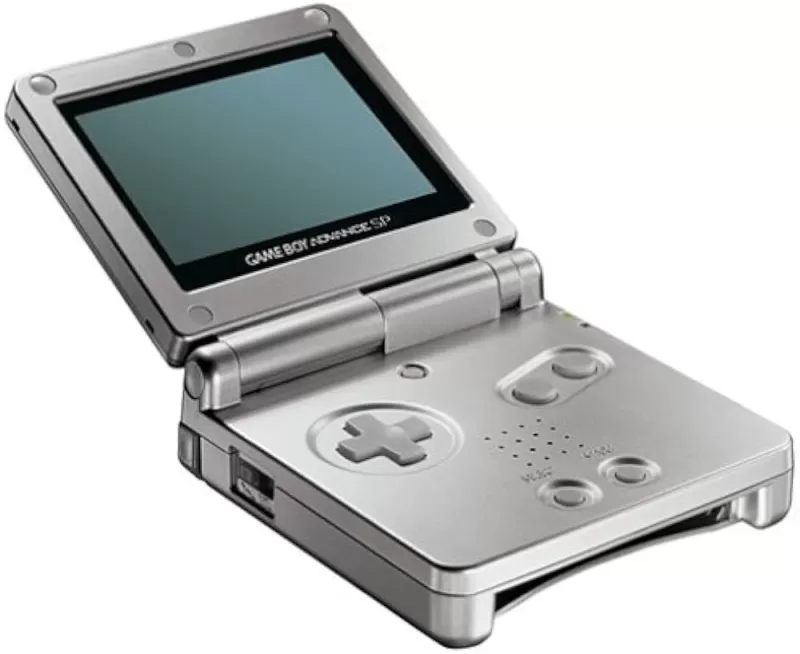 With a hinge design and a chargeable battery, the Game Boy Advance SP (GBA SP) improved upon the original GBA. Later models included a backlit screen, although it lacked a headphone jack, requiring an adapter for audio.
With a hinge design and a chargeable battery, the Game Boy Advance SP (GBA SP) improved upon the original GBA. Later models included a backlit screen, although it lacked a headphone jack, requiring an adapter for audio.
Nintendo DS - November 21, 2004
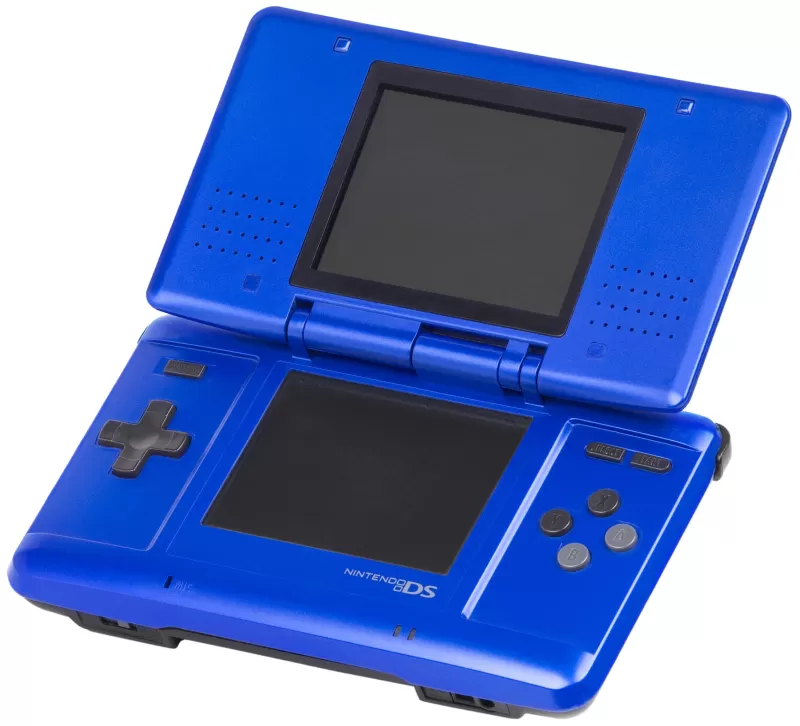 Launching the DS line, the Nintendo DS was Nintendo's best-selling console, featuring Wi-Fi and a unique clamshell design with two screens, the lower one being a touchscreen. Its innovative design allowed for unique gaming experiences.
Launching the DS line, the Nintendo DS was Nintendo's best-selling console, featuring Wi-Fi and a unique clamshell design with two screens, the lower one being a touchscreen. Its innovative design allowed for unique gaming experiences.
Game Boy Micro - September 19, 2005
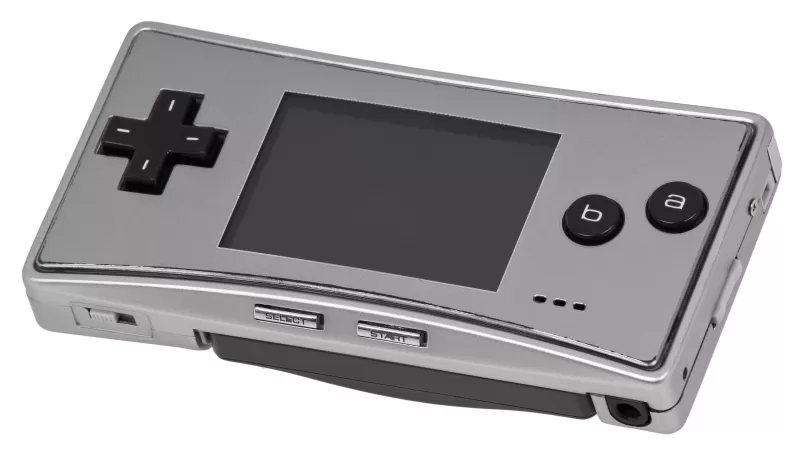 Introduced by Reggie Fils-Aimé at E3 2005, the Game Boy Micro was surprisingly small with a rectangular design. It was backwards compatible with Game Boy and Game Boy Color games, and featured an adjustable backlit screen. Despite its appeal, it sold only 2.42 million units before production ceased.
Introduced by Reggie Fils-Aimé at E3 2005, the Game Boy Micro was surprisingly small with a rectangular design. It was backwards compatible with Game Boy and Game Boy Color games, and featured an adjustable backlit screen. Despite its appeal, it sold only 2.42 million units before production ceased.
Nintendo DS Lite - June 11, 2006
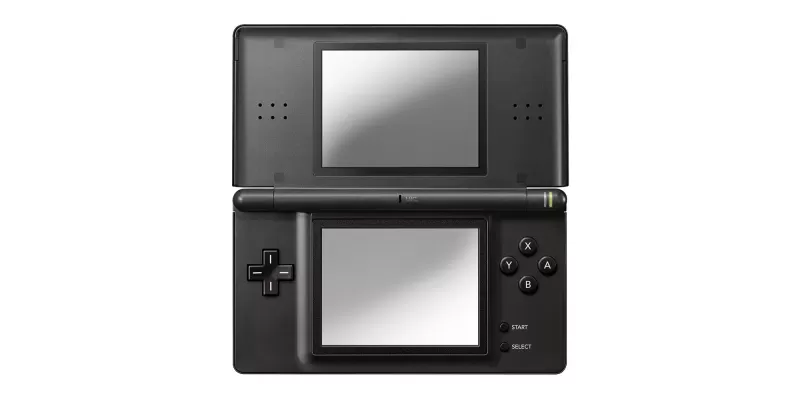 A slimmer, lighter revision of the Nintendo DS, the DS Lite featured brighter screens and improved battery life, making it a popular choice among gamers.
A slimmer, lighter revision of the Nintendo DS, the DS Lite featured brighter screens and improved battery life, making it a popular choice among gamers.
Nintendo Wii - November 19, 2006
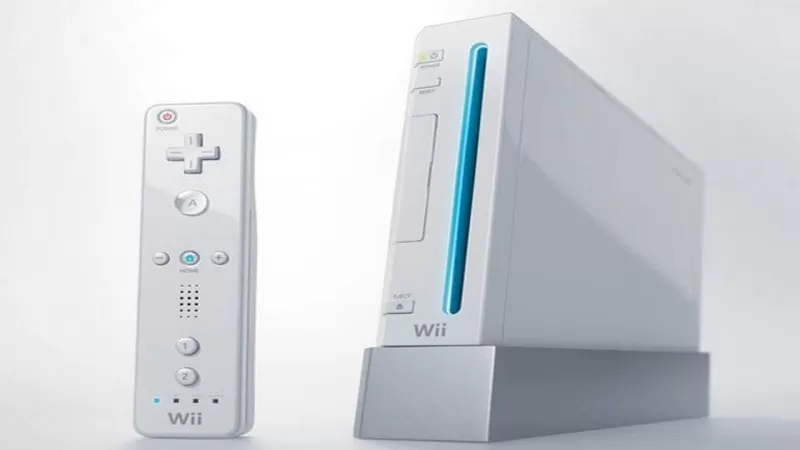 Revitalizing Nintendo's home console market, the Nintendo Wii introduced motion controls through the unique Wii Remote. It was backwards compatible with GameCube titles and offered the Virtual Console service for digital downloads of classic games.
Revitalizing Nintendo's home console market, the Nintendo Wii introduced motion controls through the unique Wii Remote. It was backwards compatible with GameCube titles and offered the Virtual Console service for digital downloads of classic games.
Nintendo DSi - November 1, 2008
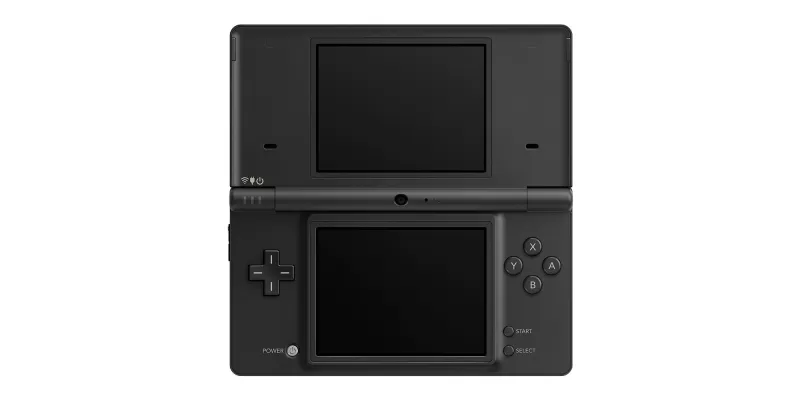 Adding cameras and an SD card slot, the Nintendo DSi was a major revision of the DS but removed the Game Boy Advance slot. These changes allowed for new gaming and software experiences.
Adding cameras and an SD card slot, the Nintendo DSi was a major revision of the DS but removed the Game Boy Advance slot. These changes allowed for new gaming and software experiences.
Nintendo DSi XL - November 21, 2009
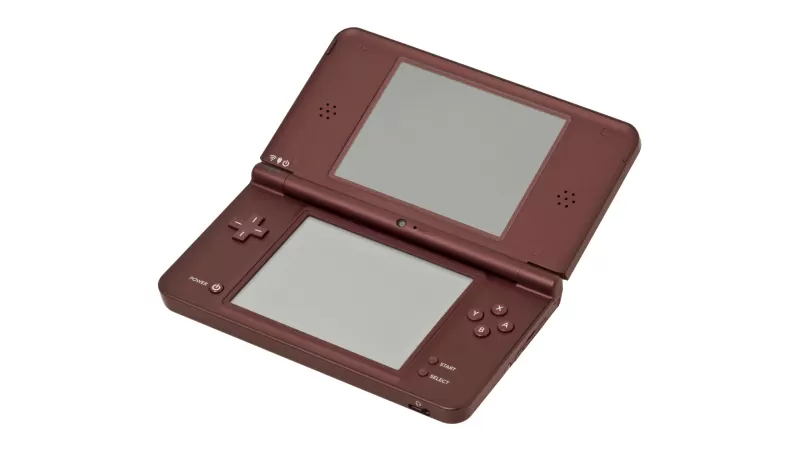 With larger screens and improved sound, the Nintendo DSi XL offered an enhanced gaming experience, making games brighter and easier to enjoy.
With larger screens and improved sound, the Nintendo DSi XL offered an enhanced gaming experience, making games brighter and easier to enjoy.
Nintendo 3DS - March 27, 2011
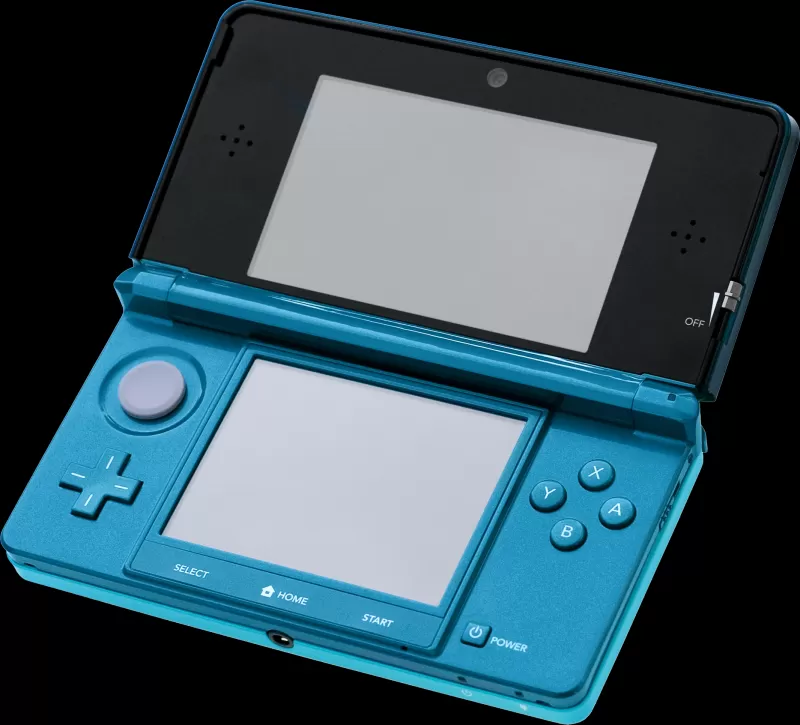 Featuring 3D capabilities without the need for eyewear, the Nintendo 3DS was a significant upgrade from the DS, with titles like The Legend of Zelda: A Link Between Worlds and Super Mario 3D Land showcasing its potential.
Featuring 3D capabilities without the need for eyewear, the Nintendo 3DS was a significant upgrade from the DS, with titles like The Legend of Zelda: A Link Between Worlds and Super Mario 3D Land showcasing its potential.
Nintendo 3DS XL - August 19, 2012
 Offering a 90% larger screen than the original 3DS, the 3DS XL maintained all the features of its predecessor while providing a more immersive gaming experience.
Offering a 90% larger screen than the original 3DS, the 3DS XL maintained all the features of its predecessor while providing a more immersive gaming experience.
Nintendo Wii U - November 18, 2012
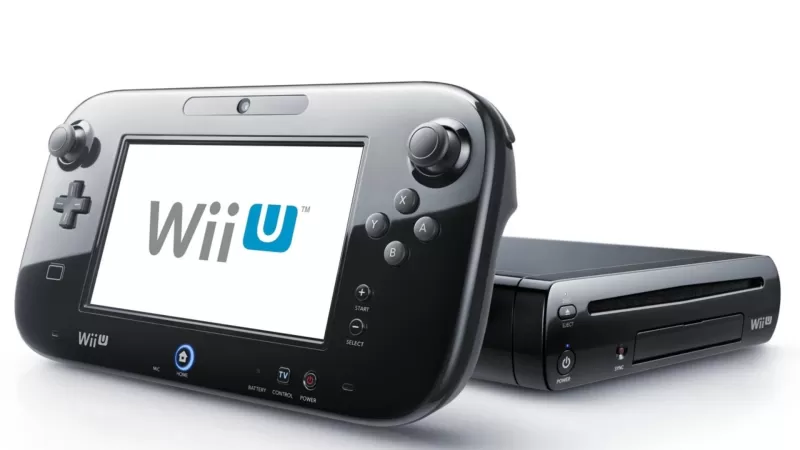 Introducing the GamePad controller with a built-in screen, the Nintendo Wii U supported HD graphics and was backwards compatible with Wii games. Despite titles like Super Mario 3D World and Splatoon, poor marketing and confusion affected its sales.
Introducing the GamePad controller with a built-in screen, the Nintendo Wii U supported HD graphics and was backwards compatible with Wii games. Despite titles like Super Mario 3D World and Splatoon, poor marketing and confusion affected its sales.
Nintendo Wii Mini - December 7, 2012
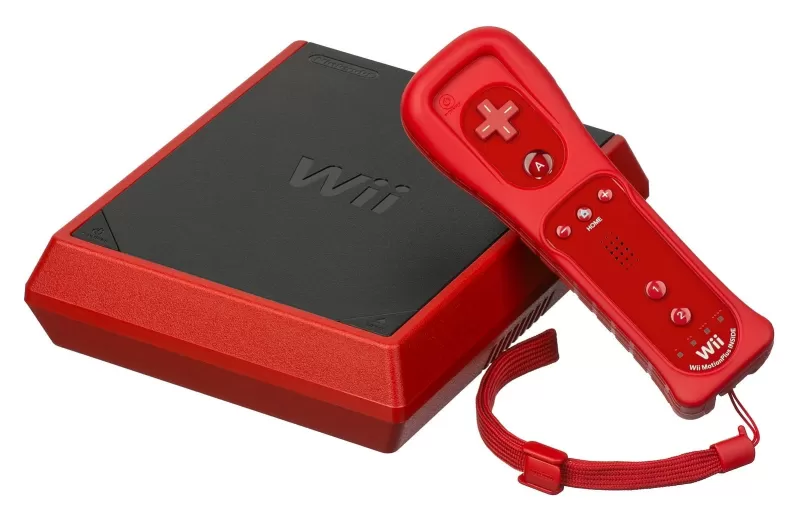 A smaller, lighter version of the Wii, the Wii Mini removed support for GameCube, Wi-Fi, 480p resolution, and SD cards. It launched in Canada at the end of the Wii's life cycle and later in Europe and the United States.
A smaller, lighter version of the Wii, the Wii Mini removed support for GameCube, Wi-Fi, 480p resolution, and SD cards. It launched in Canada at the end of the Wii's life cycle and later in Europe and the United States.
Nintendo 2DS - October 12, 2013
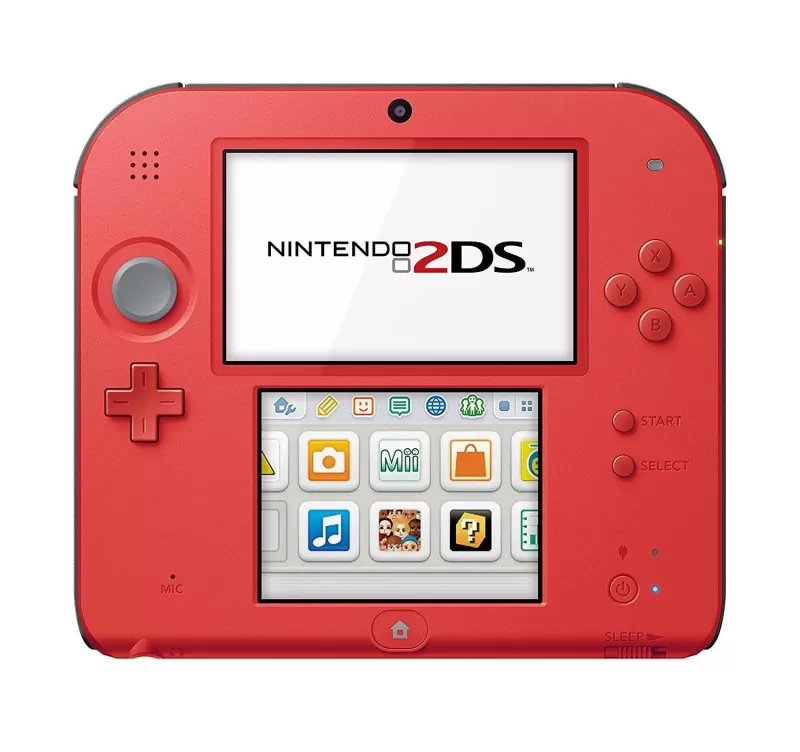 Removing the 3D feature of the 3DS, the Nintendo 2DS offered a flat, square-like design while playing all 3DS games. Its lower price came at the cost of reduced sound quality.
Removing the 3D feature of the 3DS, the Nintendo 2DS offered a flat, square-like design while playing all 3DS games. Its lower price came at the cost of reduced sound quality.
New Nintendo 3DS - October 11, 2014
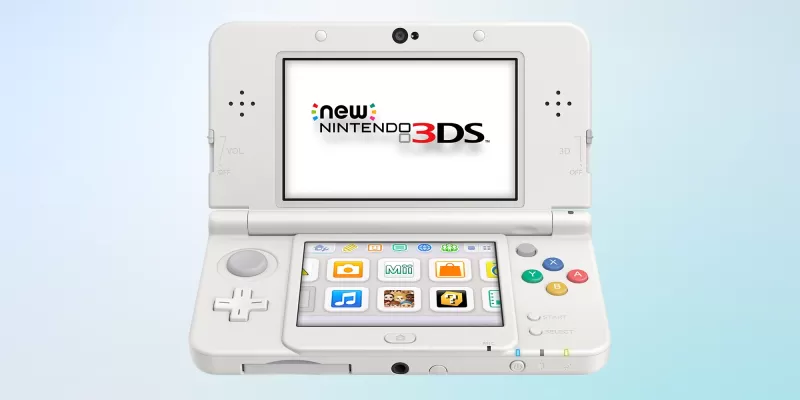 With the addition of the C-Stick, ZR and ZL buttons, and NFC support for amiibo, the New Nintendo 3DS significantly upgraded the original model. It launched in Japan, Australia, and Europe before reaching North America.
With the addition of the C-Stick, ZR and ZL buttons, and NFC support for amiibo, the New Nintendo 3DS significantly upgraded the original model. It launched in Japan, Australia, and Europe before reaching North America.
New Nintendo 3DS XL - February 13, 2015
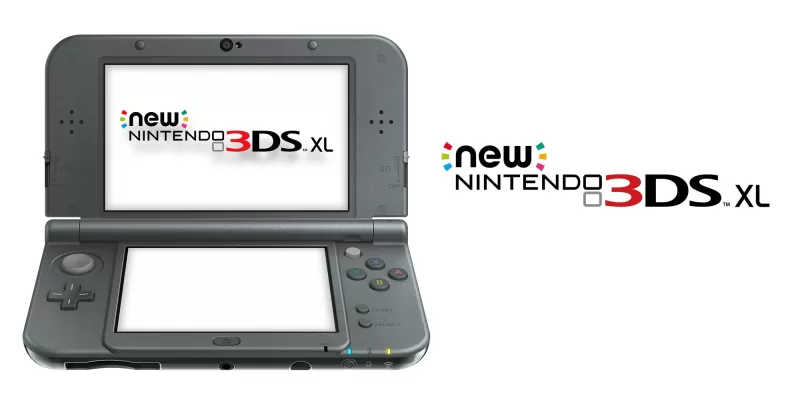 Offering larger screens than the New 3DS, the New 3DS XL removed the ability to change face plates but offered multiple special editions. It provided a more immersive gaming experience.
Offering larger screens than the New 3DS, the New 3DS XL removed the ability to change face plates but offered multiple special editions. It provided a more immersive gaming experience.
Nintendo Switch - March 3, 2017
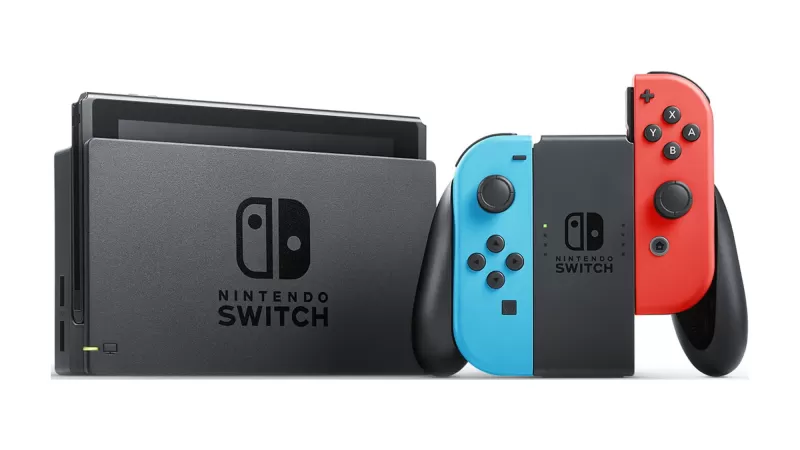 Realizing the vision of the Wii U, the Nintendo Switch combined home and portable gaming, allowing players to enjoy console-quality games anywhere. With a robust first-party library, it propelled Nintendo back to the top of the industry.
Realizing the vision of the Wii U, the Nintendo Switch combined home and portable gaming, allowing players to enjoy console-quality games anywhere. With a robust first-party library, it propelled Nintendo back to the top of the industry.
New Nintendo 2DS XL - July 28, 2017
 An updated version of the 2DS, the New Nintendo 2DS XL added an analog stick, shoulder buttons, and amiibo support. It returned to the clamshell design and could play New 3DS titles.
An updated version of the 2DS, the New Nintendo 2DS XL added an analog stick, shoulder buttons, and amiibo support. It returned to the clamshell design and could play New 3DS titles.
Nintendo Switch Lite - September 20, 2019
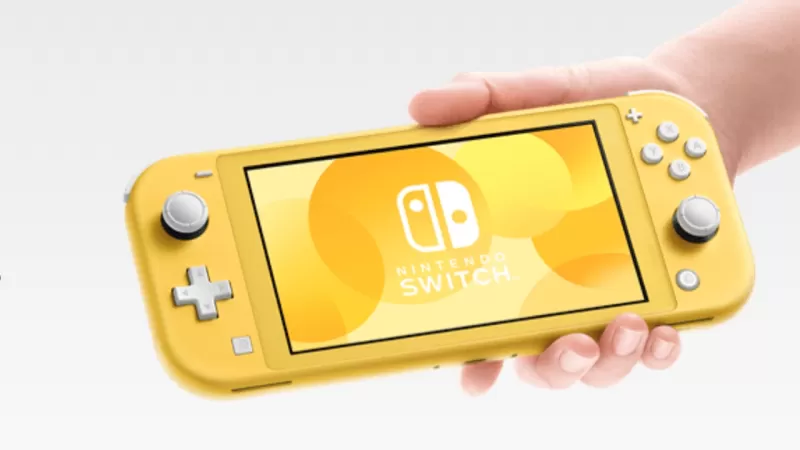 Designed for handheld gaming only, the Nintendo Switch Lite featured a smaller body with built-in controllers and a 5.5-inch LCD screen. It was priced $100 less than the original Switch.
Designed for handheld gaming only, the Nintendo Switch Lite featured a smaller body with built-in controllers and a 5.5-inch LCD screen. It was priced $100 less than the original Switch.
Nintendo Switch OLED model - October 8, 2021
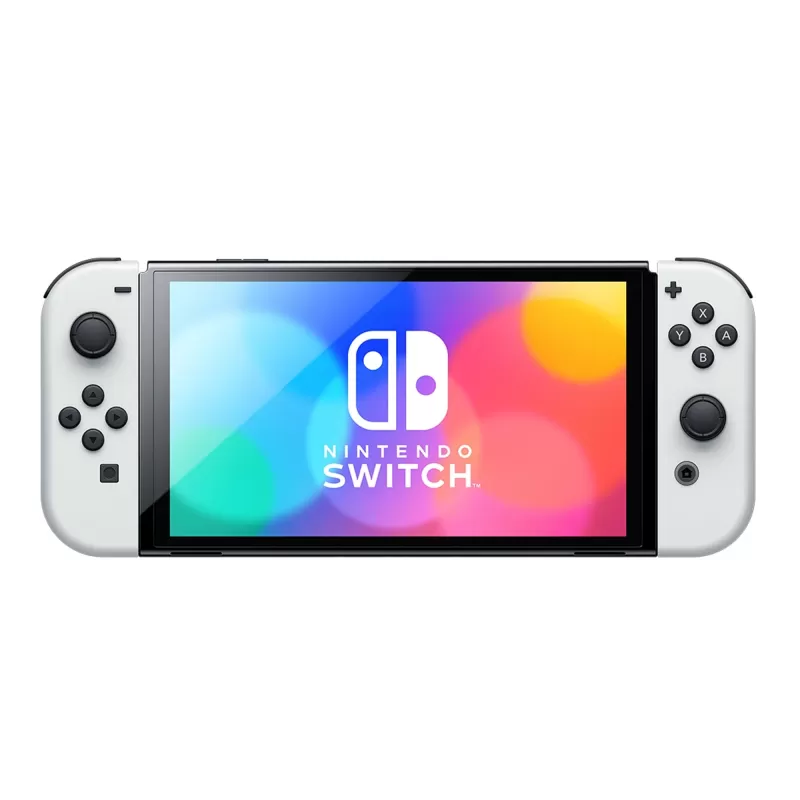 Released alongside Metroid Dread, the Nintendo Switch OLED model featured a larger 7-inch OLED screen, improved speakers, and a redesigned kickstand. It came with a new dock with rounded corners and a built-in LAN port.
Released alongside Metroid Dread, the Nintendo Switch OLED model featured a larger 7-inch OLED screen, improved speakers, and a redesigned kickstand. It came with a new dock with rounded corners and a built-in LAN port.
Upcoming Nintendo Consoles
After numerous leaks and rumors, Nintendo has officially announced the Nintendo Switch 2. The reveal trailer showcased new Joy-Con attachment methods, a larger screen, and a second USB-C port. It also suggested the use of Joy-Cons as a mouse, which could be integrated into new games. The trailer hinted at a new Mario Kart with 24-player support and confirmed that the console will be "mostly" backward compatible, supporting both physical and digital games.Analysts estimate the Nintendo Switch 2 will be priced around $400. Based on the trailer, we've compiled everything known about the Switch 2, but more details, including a release date, will be revealed in a Nintendo Direct scheduled for April 2.
AnswerSee Results





